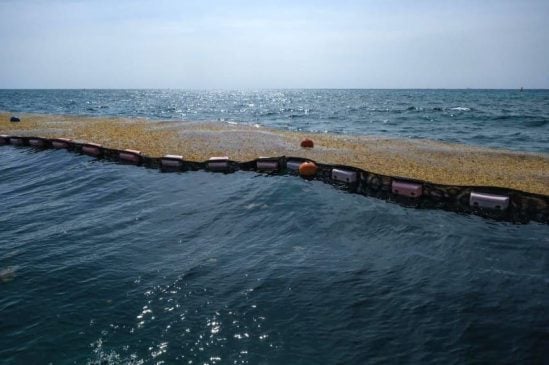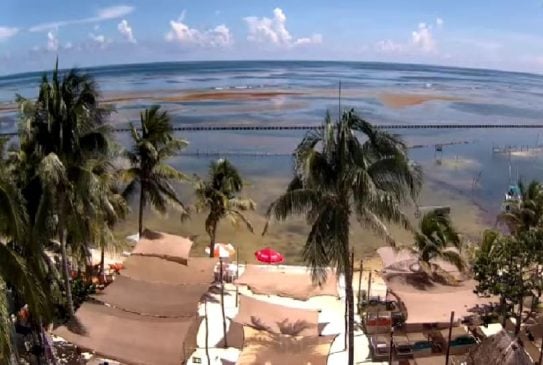Riviera Maya, Q.R. — Scientists aboard the research vessel Dr. Jorge Carranza Fraser are analyzing findings after a two week tour of the Mexican Caribbean. On May 29, nearly two dozen scientists set sail from Cozumel to study pelagic sargassum across 3,500 kilometers of open sea.
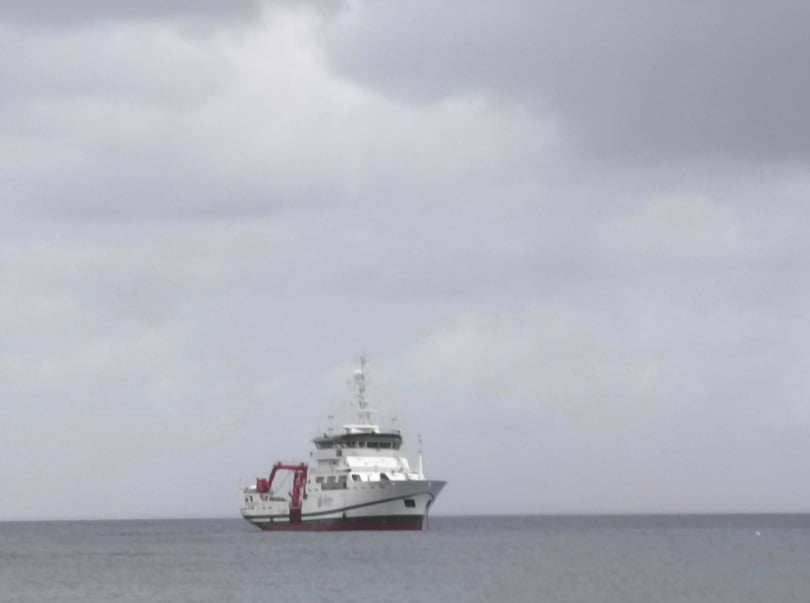
The project was a joint effort between the Mexican government through the Mexican Institute for Sustainable Fisheries and Aquaculture Research (IMIPAS) and the Government of Quintana Roo.
The 22 specialists on board conducted a study on sargassum in the Mexican Caribbean with the goal of seeking alternative solutions to address the effects of the phenomenon. The group of 22 scientists took samples of the macroalgae to analyze the behavior of sargassum and its ecological impacts.
The expedition was led by the National Commissioner of Aquaculture and Fisheries Dr. Alejandro Flores Nav, and the Director General of IMIPAS (Instituto Mexicano de Investigación en Pesca y Acuacultura Sustentables), Dr. Víctor Manuel Vidal Martínez, along with Jorge Aguilar Osorio, head of the Secretariat of Agricultural, Rural and Fisheries Development in Quintana Roo.
The first relevant data revealed the identification of three distinct types of sargassum. Experts also shared key findings on the distribution of the macroalgae, marine water quality and ocean acidification, essential information for understanding the ecological effects of the phenomenon.
During the trip from Cabo Catoche to Xcalak, the team collected data at 60 locations, providing a solid foundation for defining viable strategies to turn sargassum into a valuable asset. The information obtained will contribute to the development of a biorefinery in Quintana Roo that is being promoted through the Secretariat of Science, Humanities, Technology and Innovation.
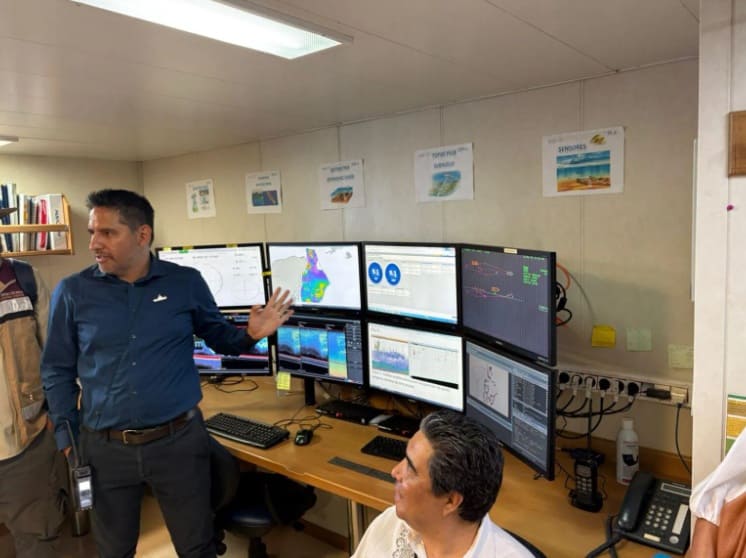
The biorefinery project, part of the Sargassum Treatment Plant announced by Alicia Bárcena, head of the Ministry of Environment and Natural Resources, aims to generate chemical compounds derived from sargassum through thermal treatment.
This initiative will benefit sectors such as pharmaceuticals, cosmetics and agriculture, while transforming environmental liabilities into economic assets.
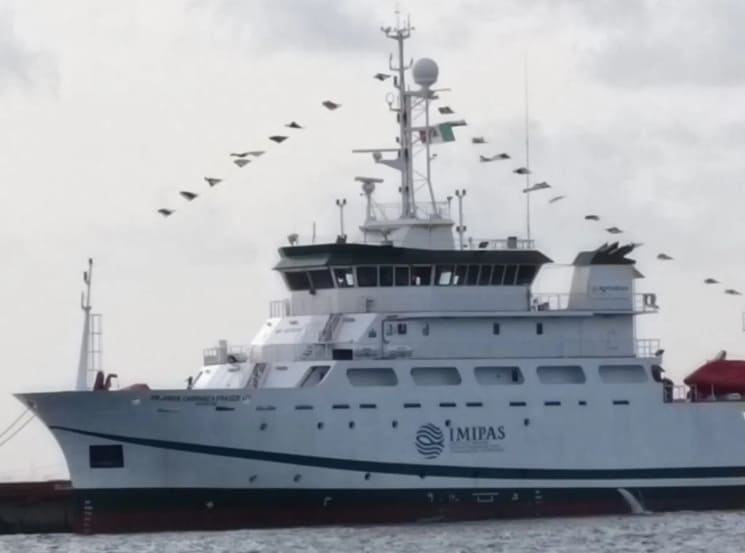
“In Quintana Roo, we are committed to creating the Comprehensive Sargassum Sanitation and Circular Economy Center, thus promoting an innovative and sustainable approach to addressing the sargassum phenomenon, with significant benefits for the local economy and the environment,” said Quintana Roo Governor Mara Lezama.
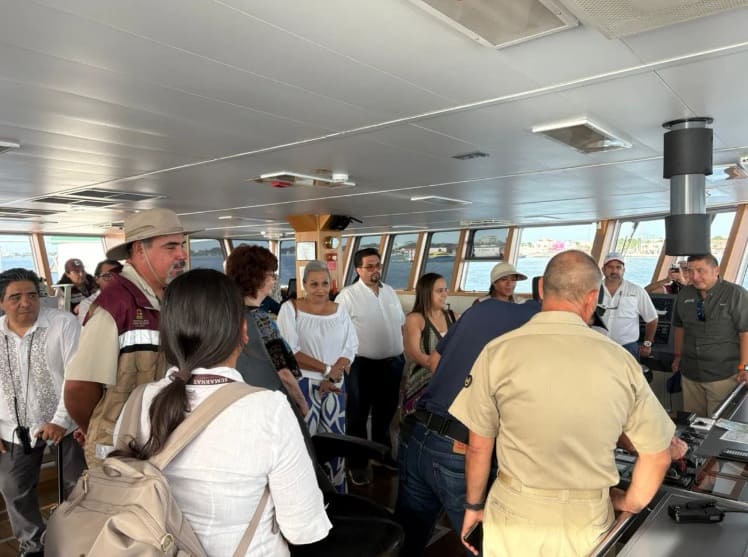
The research vessel Dr. Jorge Carranza Fraser is one of the five best of its kind in the world. It has seven laboratories equipped with high-tech instruments and equipment that allow it to conduct research at a depth of 8,000 meters and examine the seafloor below 200 meters.

The group of research scientists set sail from the island of Cozumel May 29 and returned June 11. The final results of the study are expected to be published in November.

